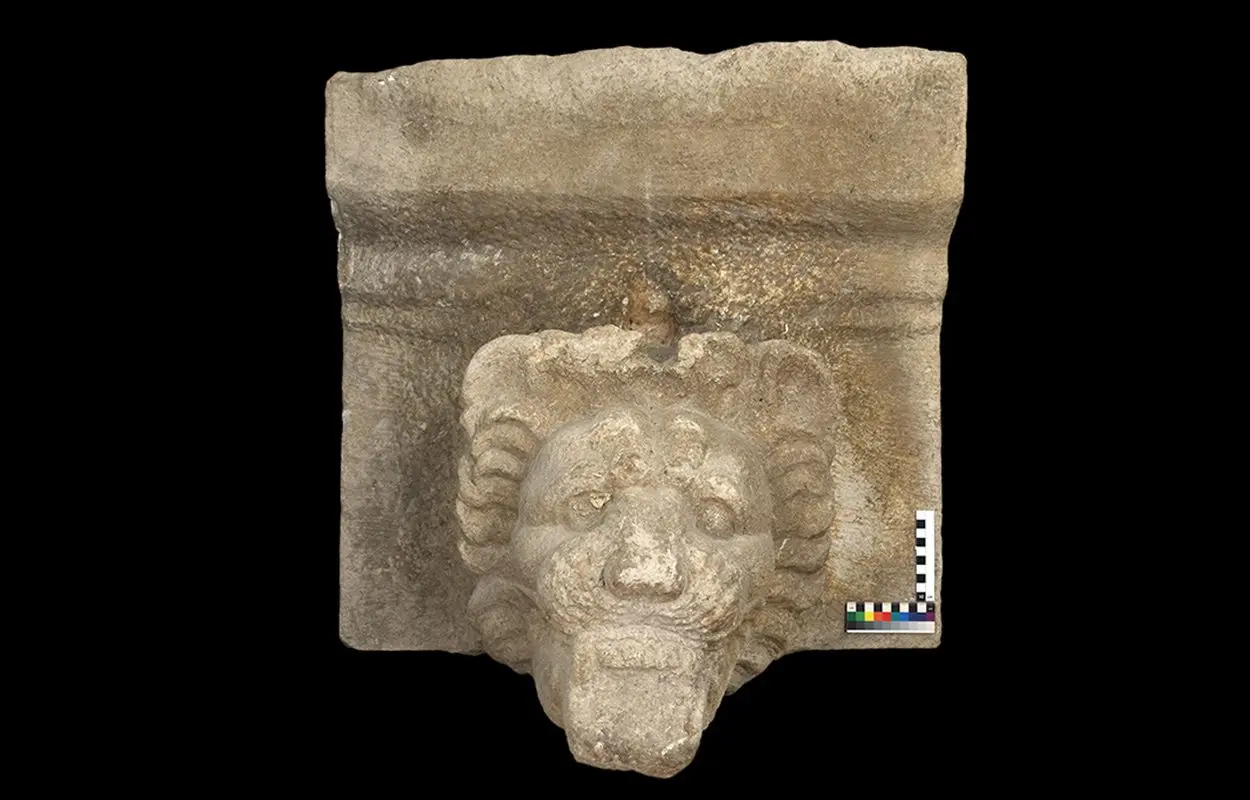Archaeologists from Ruhr University (RUB) have uncovered a stone lion’s head during excavations in the ancient city of Selinunte.
Selinunte was a Greek city on the south-western coast of Sicily. According to the historian, Thucydides, the city was founded by a colony from the Sicilian city of Megara Hyblaea during the 7th century BC. At its peak, Selinunte had a population of around 30,000 inhabitants, but following an ongoing conflict with the Carthaginian Empire, the city was destroyed in 250 BC and the people transplanted.
Excavations led by Ruhr University have uncovered a lion’s head made from marble in the harbour precinct of the city. According to the researchers, the head is an unfinished sima-type gargoyle, possibly intended to drain water on a temple roof. Other examples of sima gargoyles have been found throughout the Ancient Greek world, most notably at the Temple of Heracles in Agrigento and the Temple of Victory in Himera.
Measuring 60 centimetres in height, the architectural element is evidently unfinished and is missing a water outlet, the rear lion’s mane, and part of the top decorations.
It is possible that the Selinunte sima was intended for Temple E on the hill to the east of the city’s acropolis. Temple E was built towards the middle of the 6th century BC on the foundations of a much older building. The temple is the best conserved of the temples of Selinus, but its present appearance is the result of anastylosis (reconstruction using original material).
A spokesperson from RUB told HeritageDaily: “Since the find comes from the harbor zone and the immediate surroundings of the workshop district of Selinunte, it allows further conclusions to be drawn about the city’s trade contacts and the technical skills of the ancient residents of Selinunte.”
Header Image Credit : RUB





